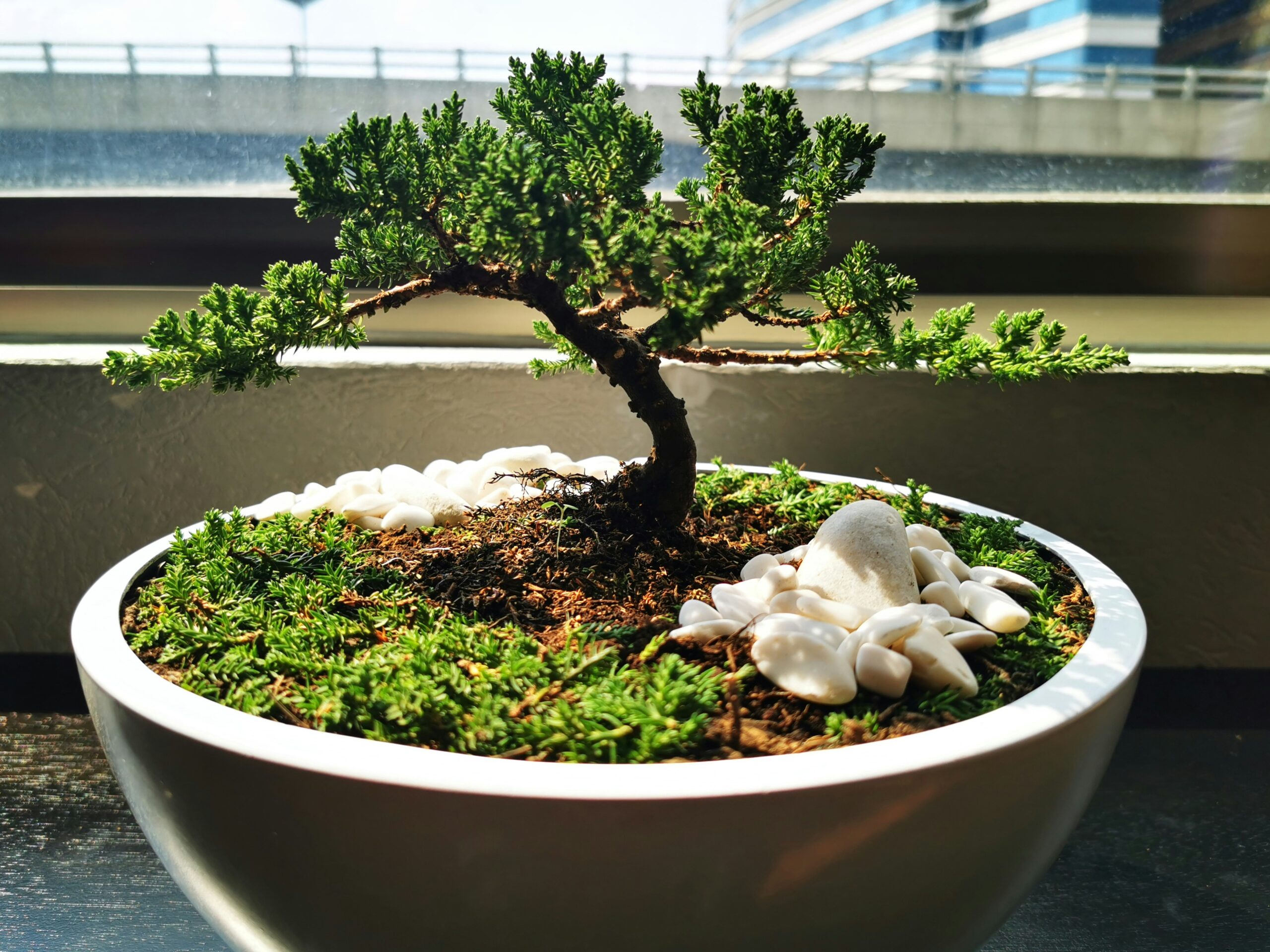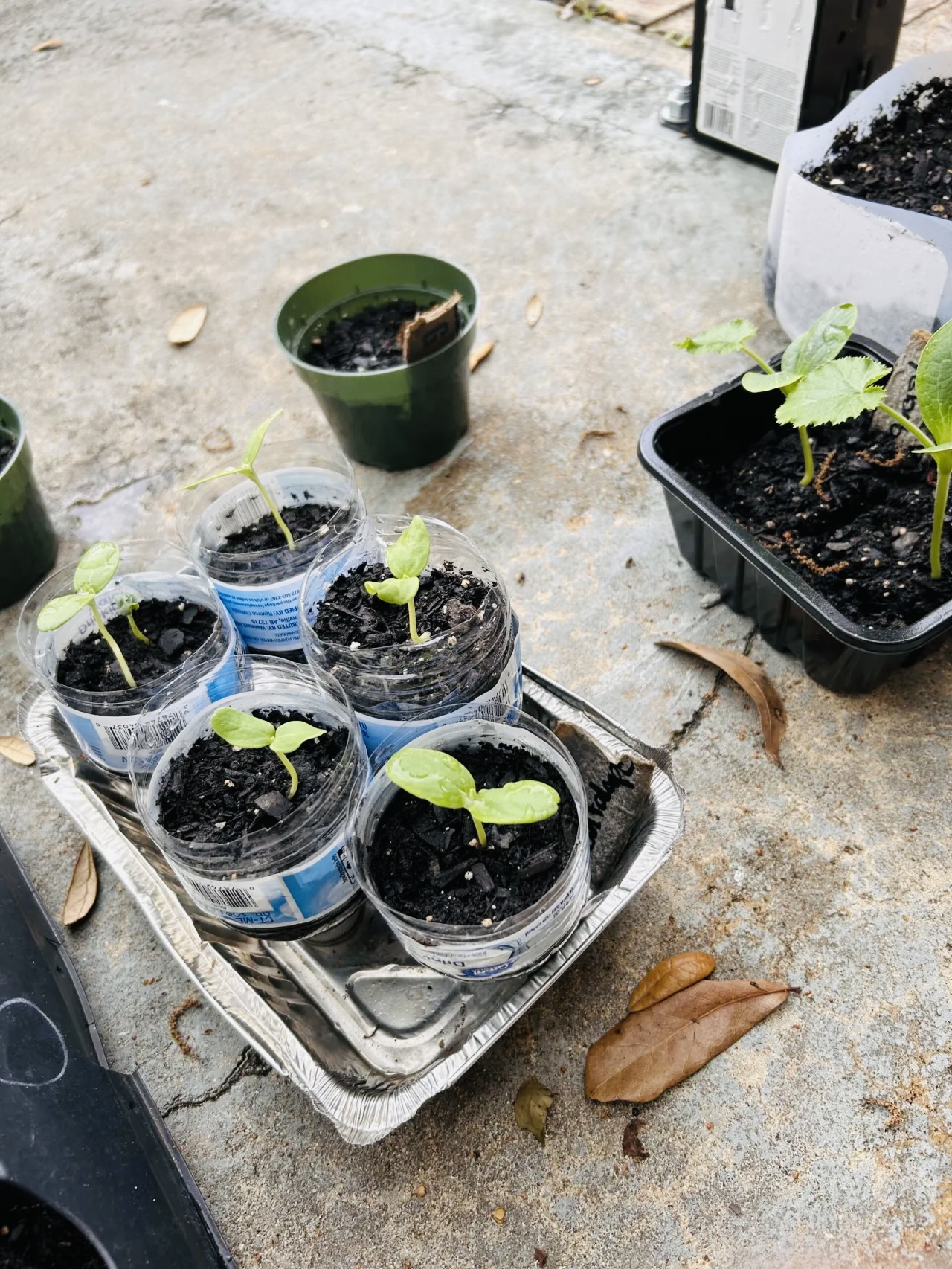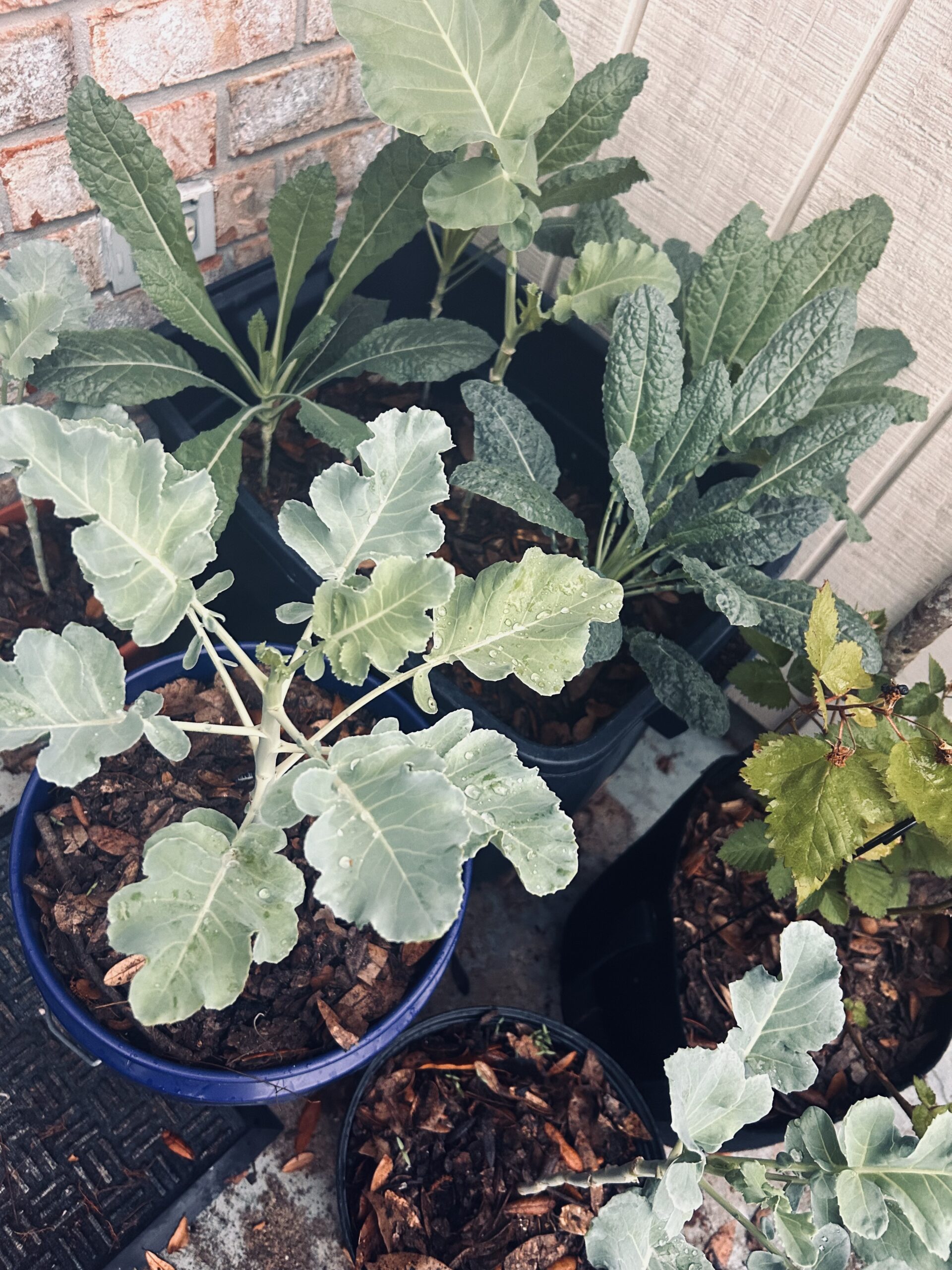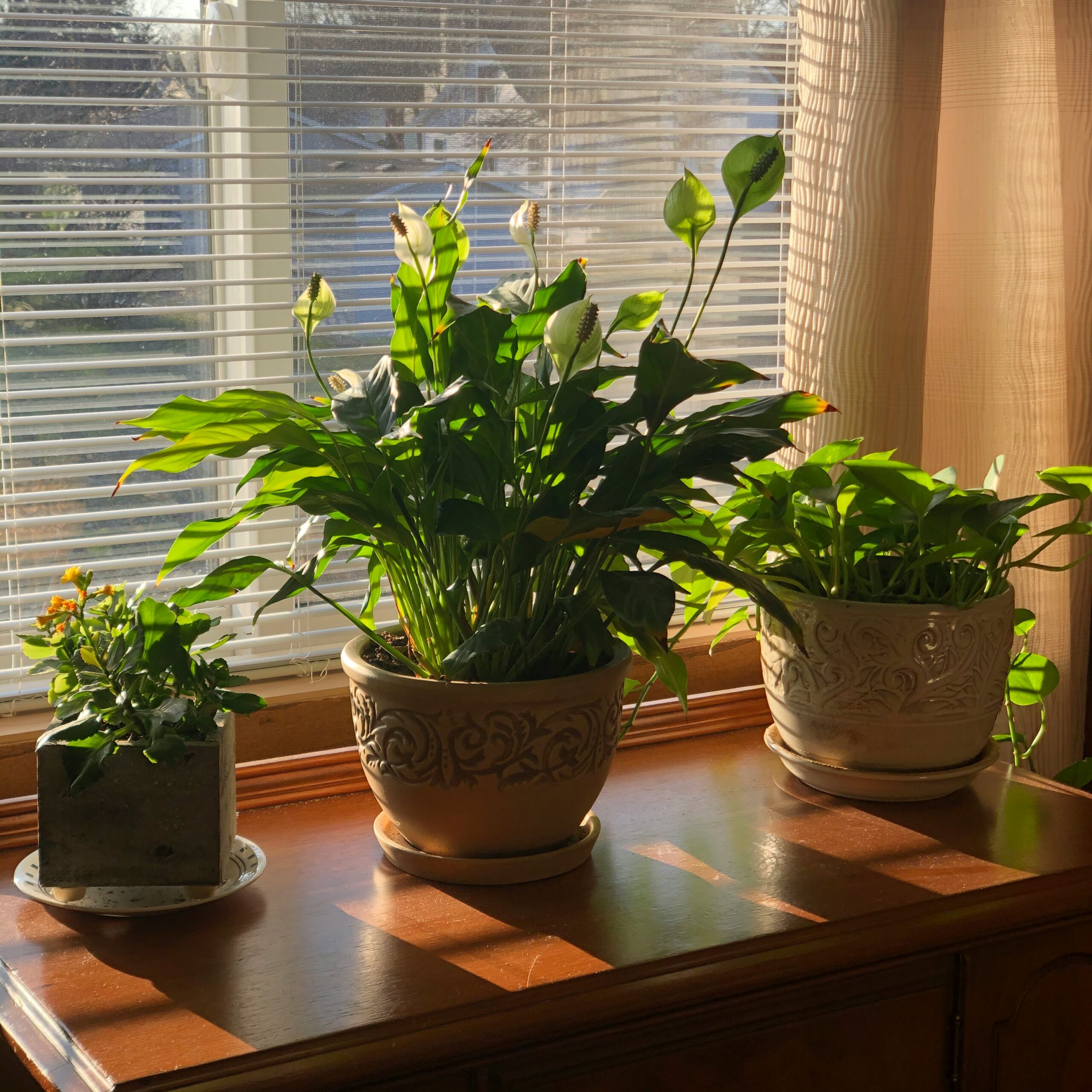This post shows you how to create a zen garden for peace and meditation.
Looking to create a relaxing getaway retreat without leaving your home? By adding some greenery, a few personal accessories, and connecting with your spiritual side, you can escape to a peaceful sanctuary that will keep you calm in a world of chaos.
Zen gardens have a long history within Asian cultures but are becoming more popular in recent years as we spend more time at home.
Make your zen garden a place of solitude to escape the craziness of the world or start your day off with a round of yoga or meditation.
The best part is that they are relatively inexpensive to recreate and perfect for minimalist personalities who appreciate nature!

What is a zen garden?
A zen garden is a garden that serves to bring peace and clarity to the human environment. The idea of “zen” stems from Buddhist concepts of peace and meditation that trace back to certain teachings or figures. It is meant to convey the idea of being ‘full’ and ’empty’ at the same time. In a world filled with constant stimuli, finding moments of peace and tranquility is essential for maintaining mental well-being.
Designing and tending to a Zen garden can be a meditative practice in itself, fostering a deeper connection with nature and promoting mindfulness.
They also encourage a sense of order and balance, which can help alleviate anxiety and promote a state of inner calm.
Here are a few zen garden decor tips to remember
- Add natural elements: Incorporate a fish pond, a water fountain for birds, or just a trickling water wall to help your mind get into a calming space. Use rocks, gravel, and sand for mulch, paths, or decor.
- Less is more: You cannot meditate in a garden where maintenance is high. Go for hardy plants like bamboo and stones and gravel as mulch. If you love color, add a bold splash of red for inspiration.
- Neutral colors: Try to make your space blend in with its surroundings and embrace wood planters, ceramics, and green foliage. Go for white, gray, beige, or muted greens to evoke a sense of tranquility.
In the hustle and bustle of our modern lives, finding moments of tranquility can feel like a rare luxury. However, one way to cultivate peace and serenity within your own space is by creating a Zen garden.
No matter who you are, a zen garden is a choice you can’t go wrong with!
Here are the best tips for creating a zen garden in your space
1. Choose the Right Container
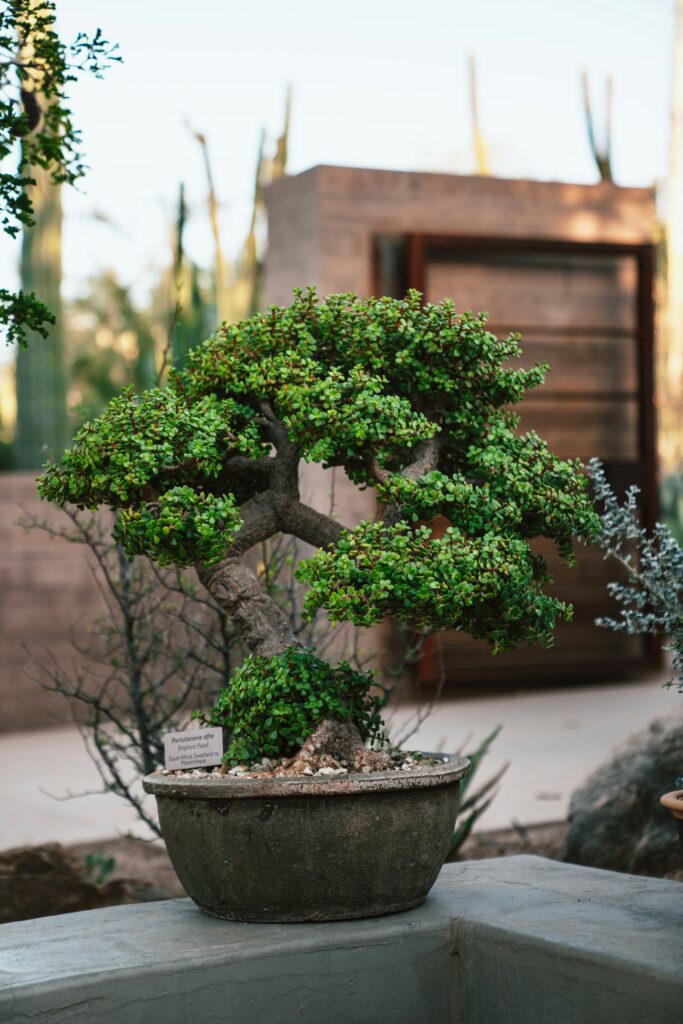

The first step in creating a Zen garden is selecting the perfect container.
Opt for shallow, wide containers made of materials like ceramic, stone, or wood.
These materials complement the natural aesthetic of Zen gardens and provide ample space for arranging your elements.
2. Focus on Minimalism
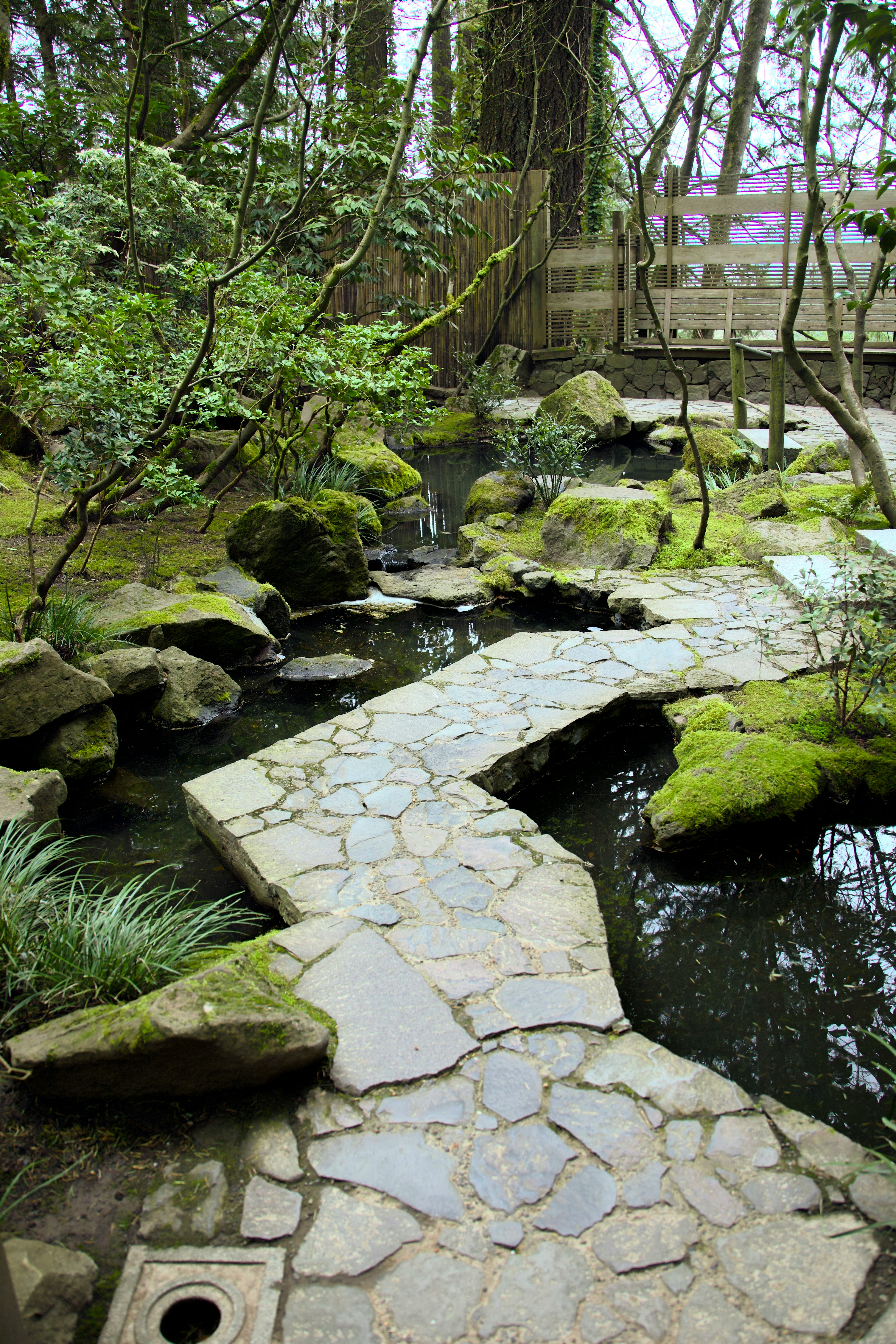


Embrace the minimalist philosophy of Zen by keeping your garden design simple and uncluttered.
Limit the number of elements you include and strive for balance and harmony in their arrangement.
Remember, less is often more in Zen aesthetics.
3. Add Water Features
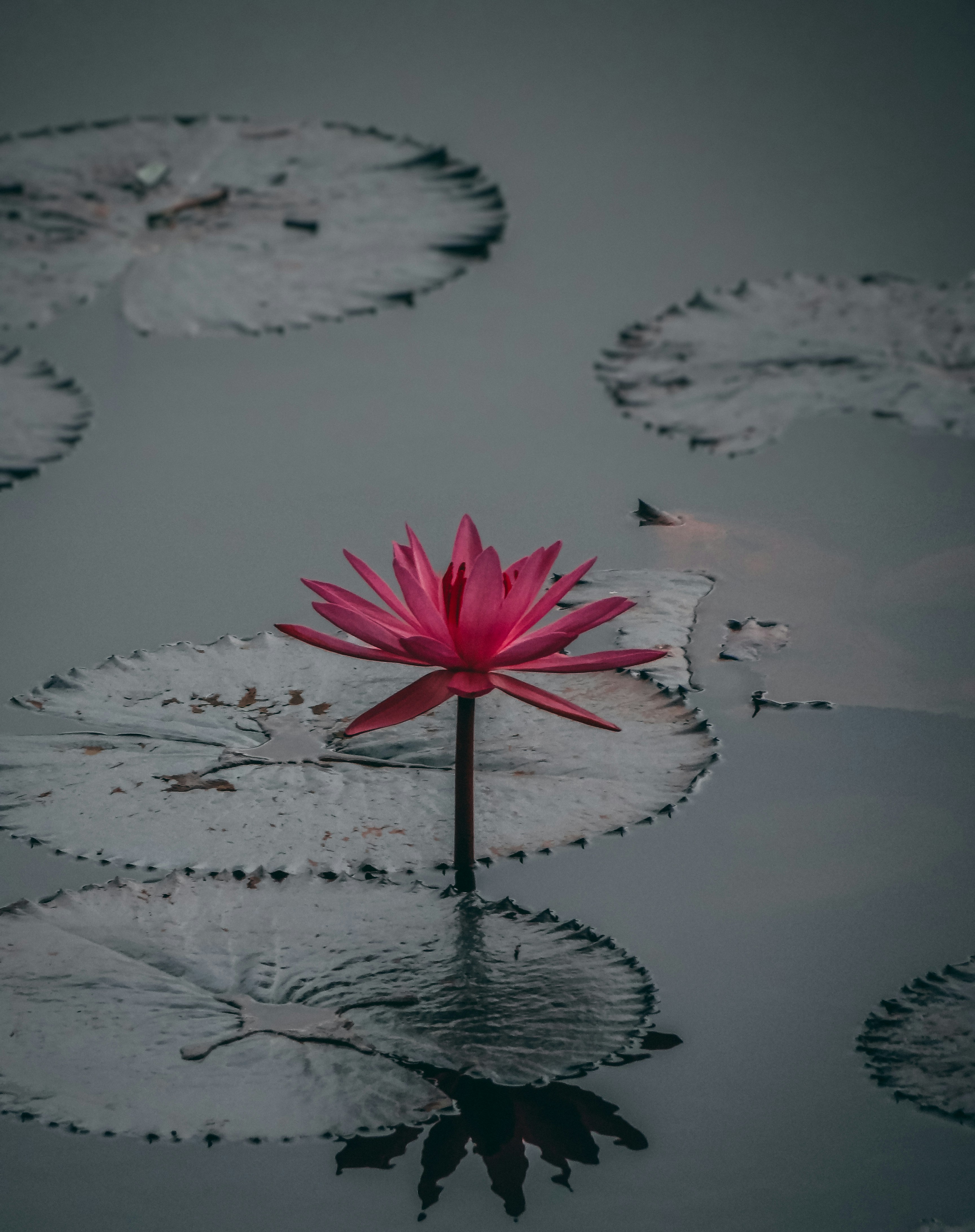

While traditional Zen gardens are dry landscapes, you can incorporate subtle water features into your container garden to evoke a sense of calm.
Consider adding a small fountain, waterfall, or even a miniature pond to create soothing ambient sounds and enhance the overall Zen atmosphere.
4. Selecting Sand or Gravel
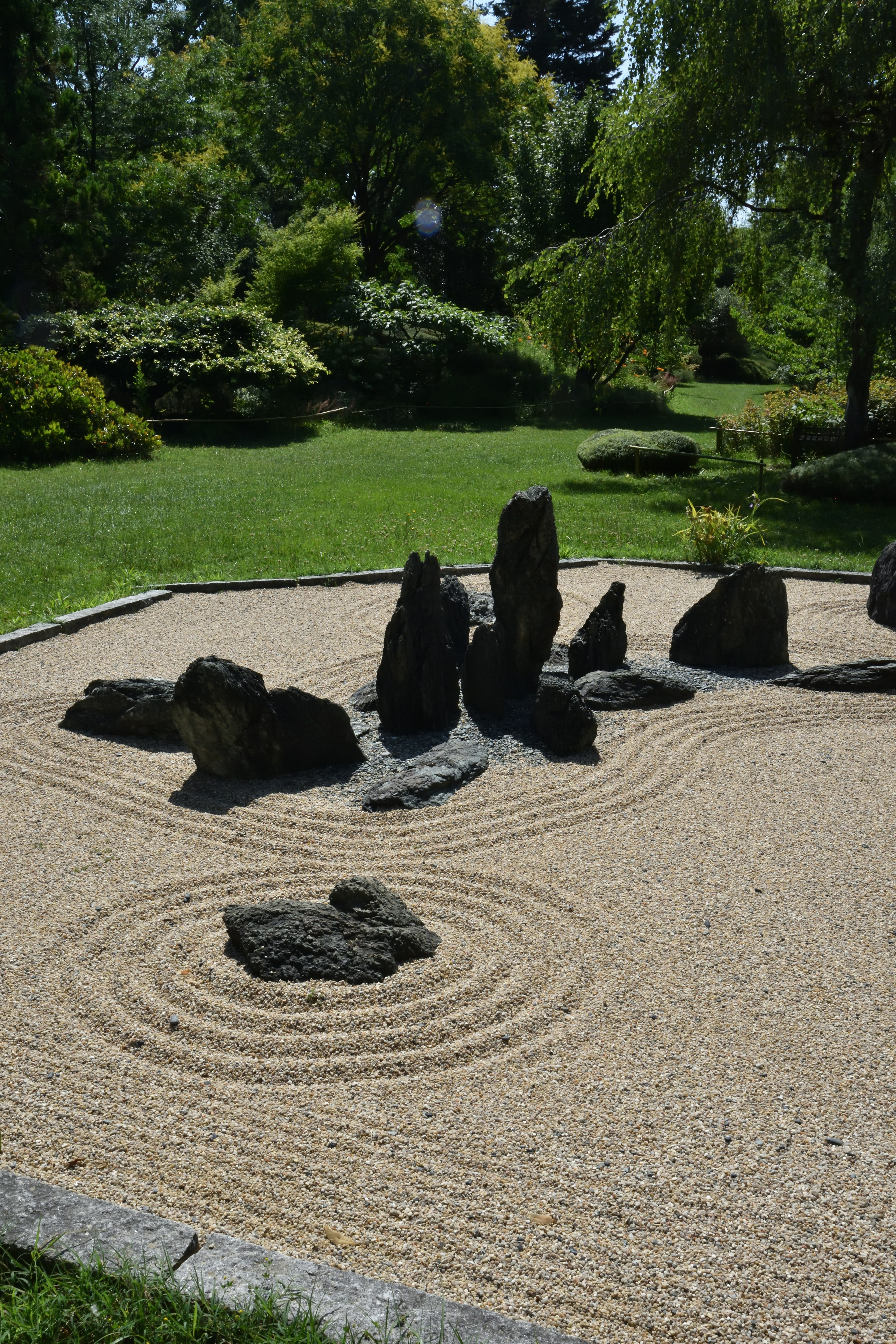

One of the central features of a Zen garden is its raked sand or gravel, which represents water or waves in traditional Japanese gardens.
Choose fine-grained sand or gravel in calming neutral tones like white, gray, or beige.
Pour it into your container and use a rake or fork to create soothing patterns reminiscent of flowing water.
5. Incorporate Rocks and Stones


Rocks are essential elements in Zen garden design, symbolizing mountains or islands in a sea of sand.
Select a variety of smooth, natural stones in different shapes and sizes to add visual interest to your garden.
Arrange them strategically within the sand or gravel, focusing on asymmetry and organic placement.
6. Introduce Moss and Plants



While traditional Zen gardens are primarily composed of sand and rocks, you can add a touch of greenery with low-maintenance plants like moss or succulents.
Moss adds a lush, verdant contrast to the austere backdrop of sand and stones, while succulents bring life and texture to the arrangement without requiring much upkeep.
7. Incorporate Symbolic Elements
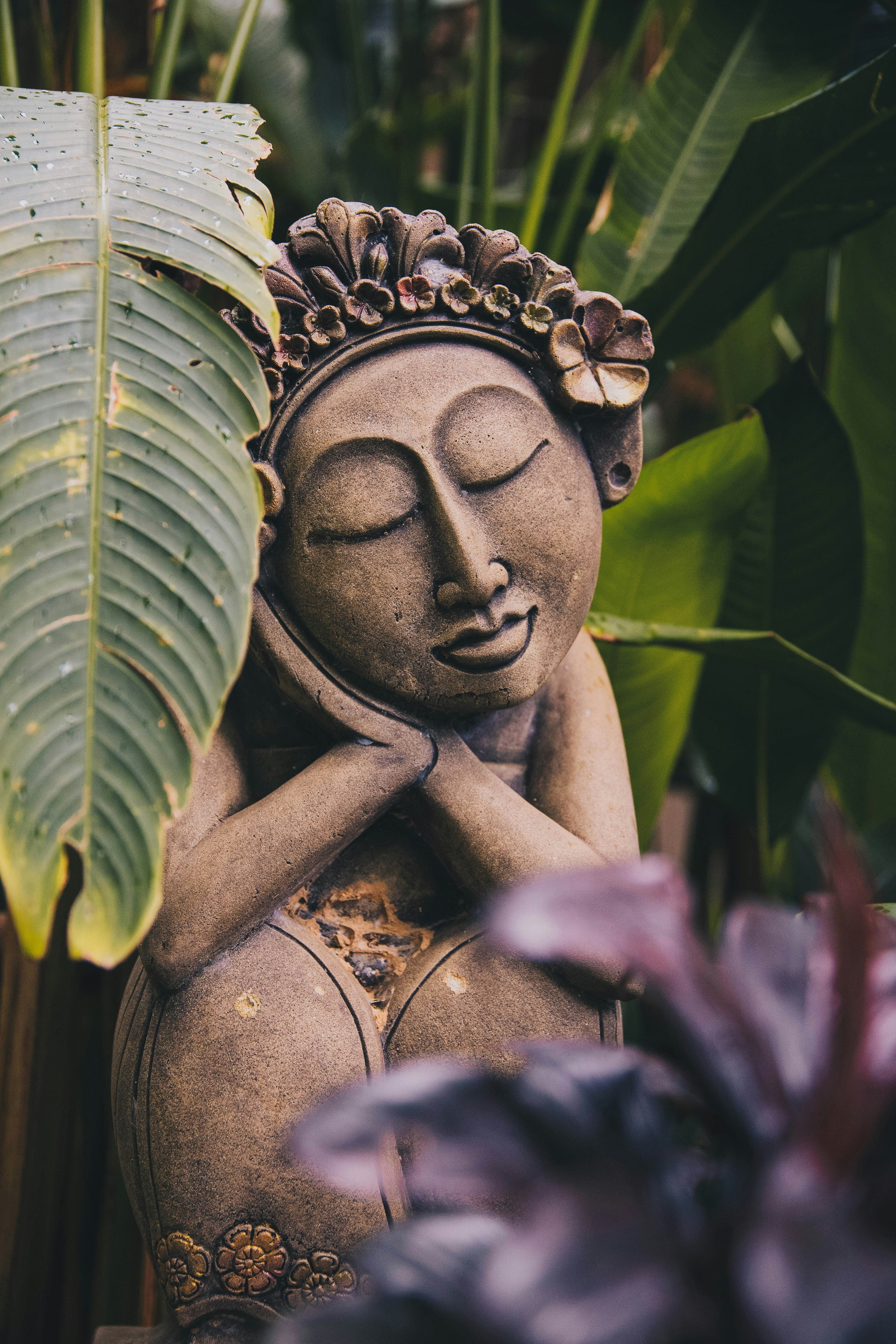

Infuse your Zen garden with symbolism by incorporating meaningful elements like miniature pagodas, lanterns, or statues.
These symbolic objects can represent aspects of nature, spirituality, or personal reflection, adding depth and significance to your garden’s design.
8. Create a Meditation Space


Designate a focal point within your Zen garden for quiet contemplation and meditation.
Place a comfortable cushion or small bench where you can sit and reflect amidst the tranquility of your garden.
Surround this space with elements that inspire peace and serenity, such as fragrant incense or softly tinkling wind chimes.
9. Add Personal Touches
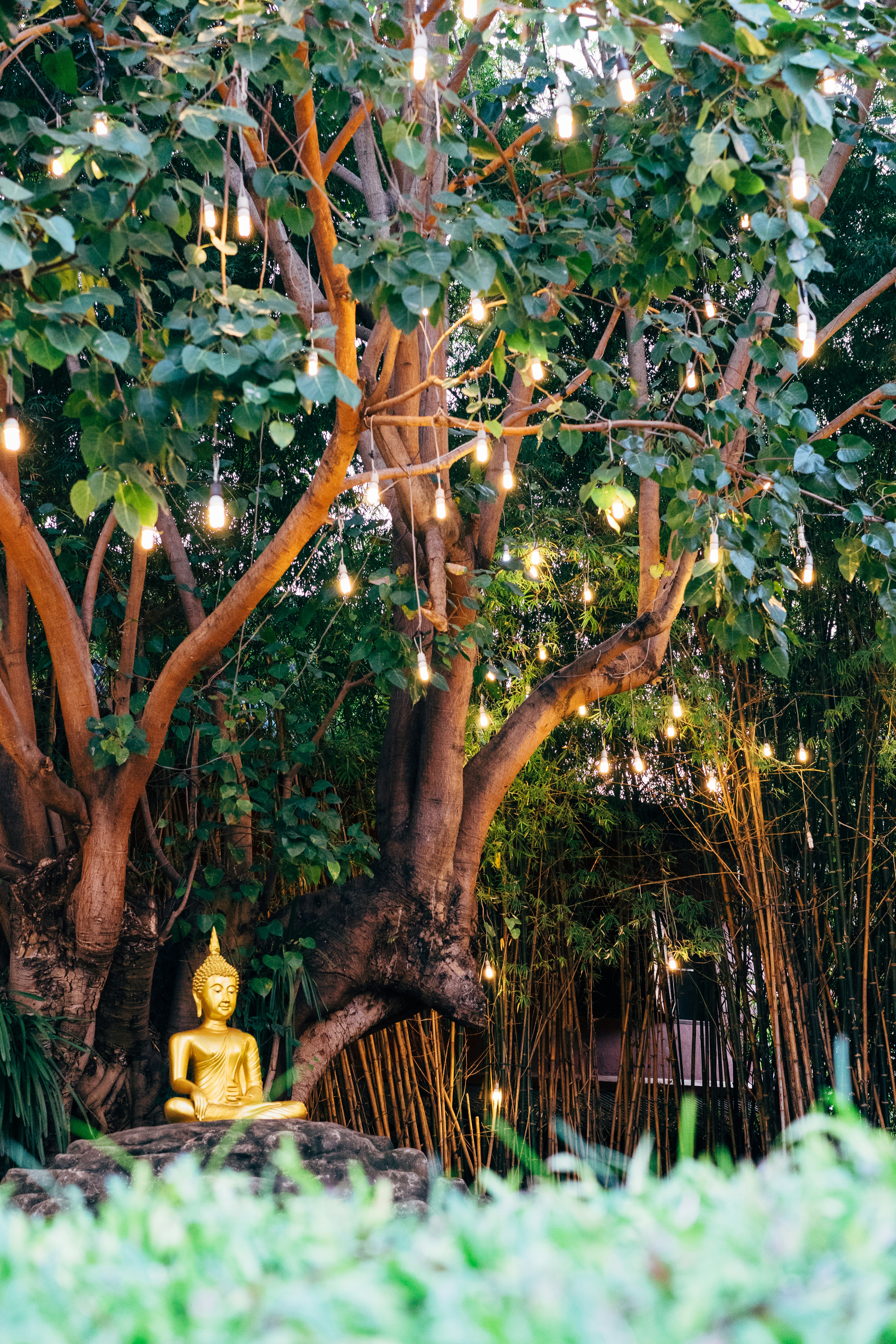

Infuse your Zen garden with personal touches that reflect your unique personality and interests.
Whether it’s a favorite figurine, a cherished memento, or a meaningful quote engraved on a stone, these elements add a sense of authenticity and warmth to your garden sanctuary.
10. Experiment with Texture and Contrast


Explore the interplay of texture and contrast to enhance the visual appeal of your Zen garden.
Mix delicate red flowers with rough wood or juxtapose rough-hewn rocks with delicate moss.
Play with different textures to create visual interest and tactile sensations that engage the senses.
11. Embrace Imperfection


In Zen philosophy, imperfection is celebrated as a reflection of the natural world’s beauty.
Embrace the concept of wabi-sabi by allowing your Zen garden to evolve, embracing imperfections like weathering, moss growth, or shifting sand patterns.
Each imperfection tells a story and adds character to your garden’s aesthetic.
12. Create a Sense of Enclosure
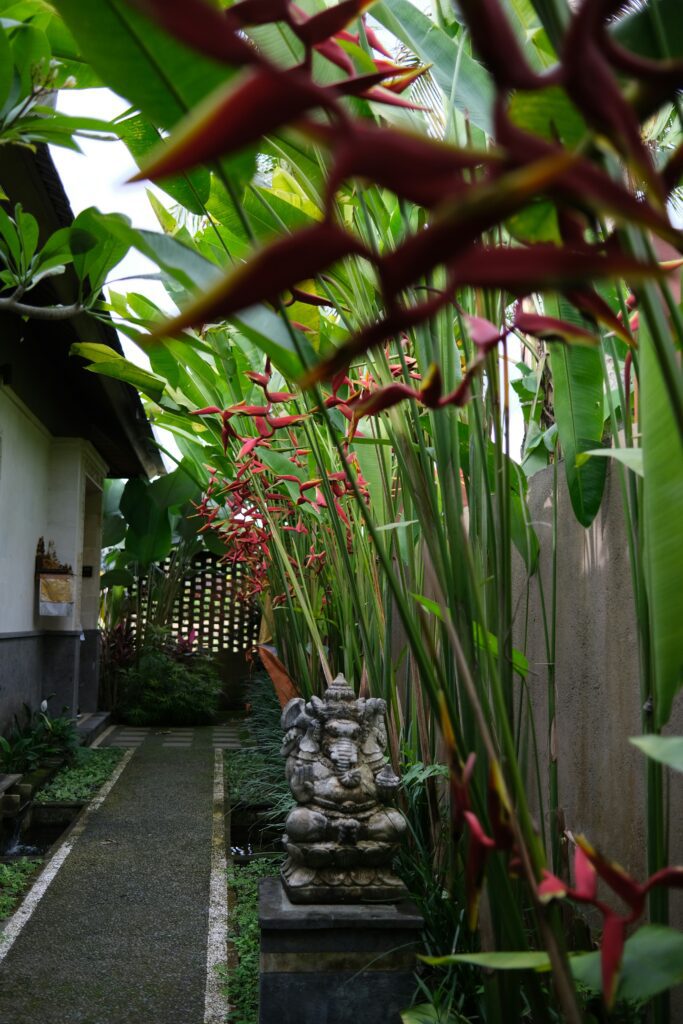

Enhance the feeling of seclusion and tranquility within your Zen garden by surrounding it with natural barriers or screens.
Use tall grasses, bamboo fencing, or trellises draped with climbing vines to create a sense of enclosure and privacy, allowing you to escape from the outside world and immerse yourself fully in the present moment.
13. Invite Reflection
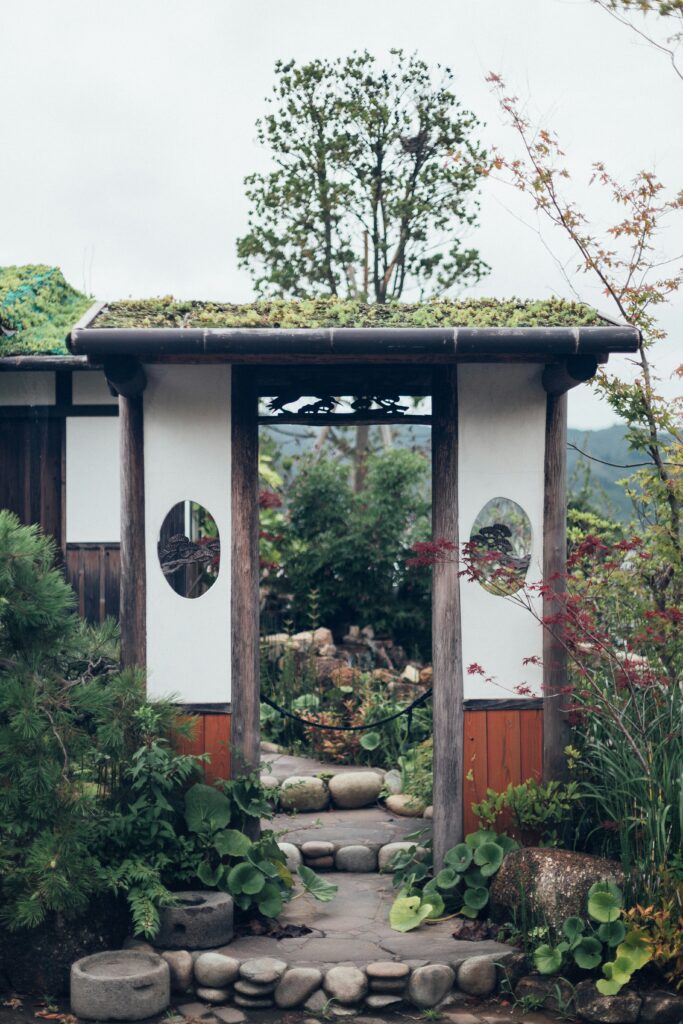

Create opportunities for introspection and self-reflection within your Zen garden by incorporating elements that encourage contemplation.
Add stepping stones or a labyrinthine pathway for mindful walking meditations, or place reflective surfaces like mirrors or polished stones to symbolize self-awareness and inner peace.
14. Practice Mindful Maintenance
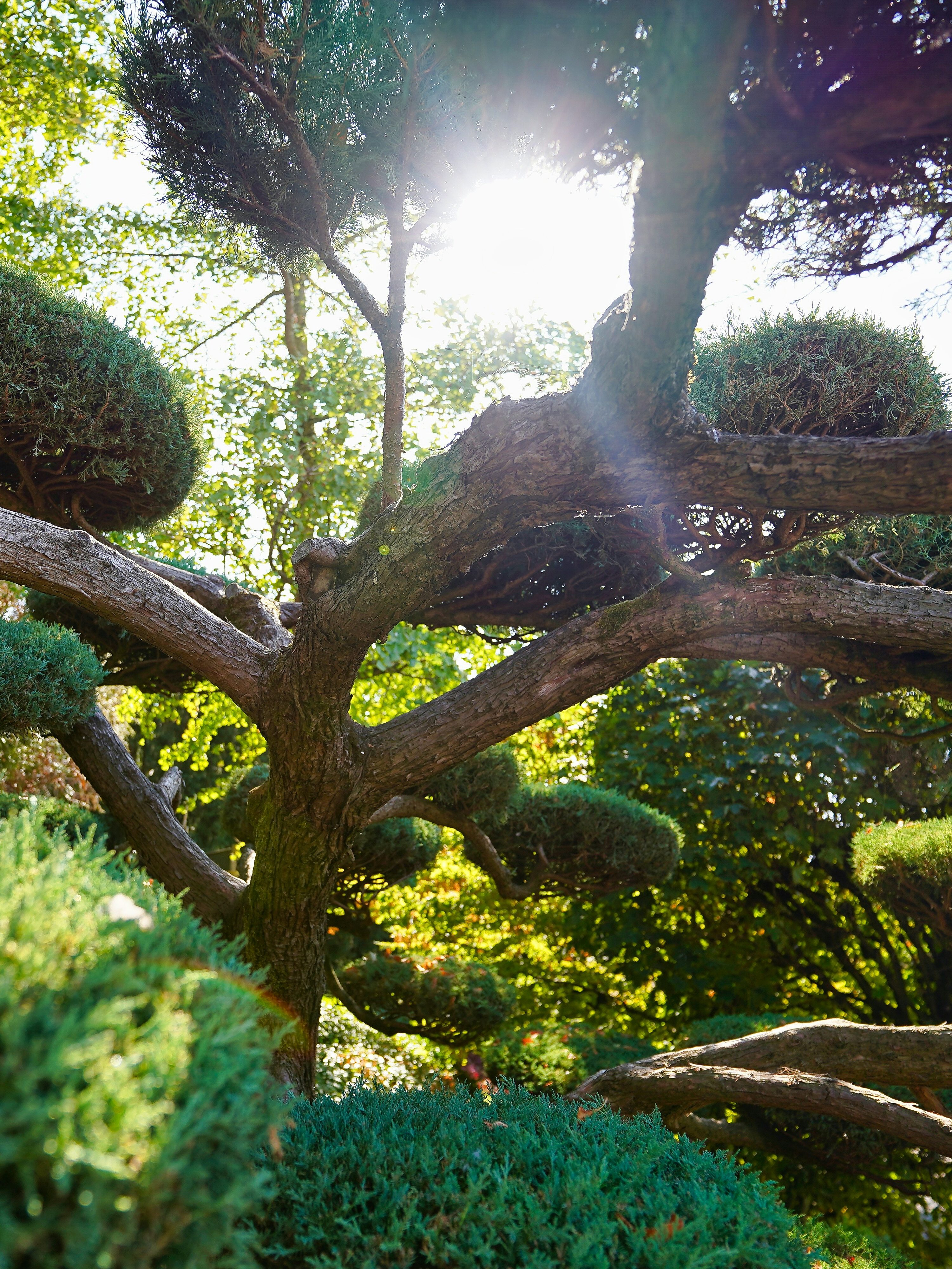

Finally, maintain your Zen garden with mindful attention and care.
Take time each day to rake the sand, remove debris, and tend to your plants.
Approach these tasks with a sense of mindfulness and presence, using them as opportunities for reflection and relaxation.
Final Thoughts



Did you find this post helpful? If so, pin and share!
This post has shown you how to create a zen garden for peace and meditation! The key to creating a successful zen garden is simplicity and adding elements that relax your mind and soul. For a spiritual reset, consider embracing a zen garden for your balcony, small patio, or backyard!
